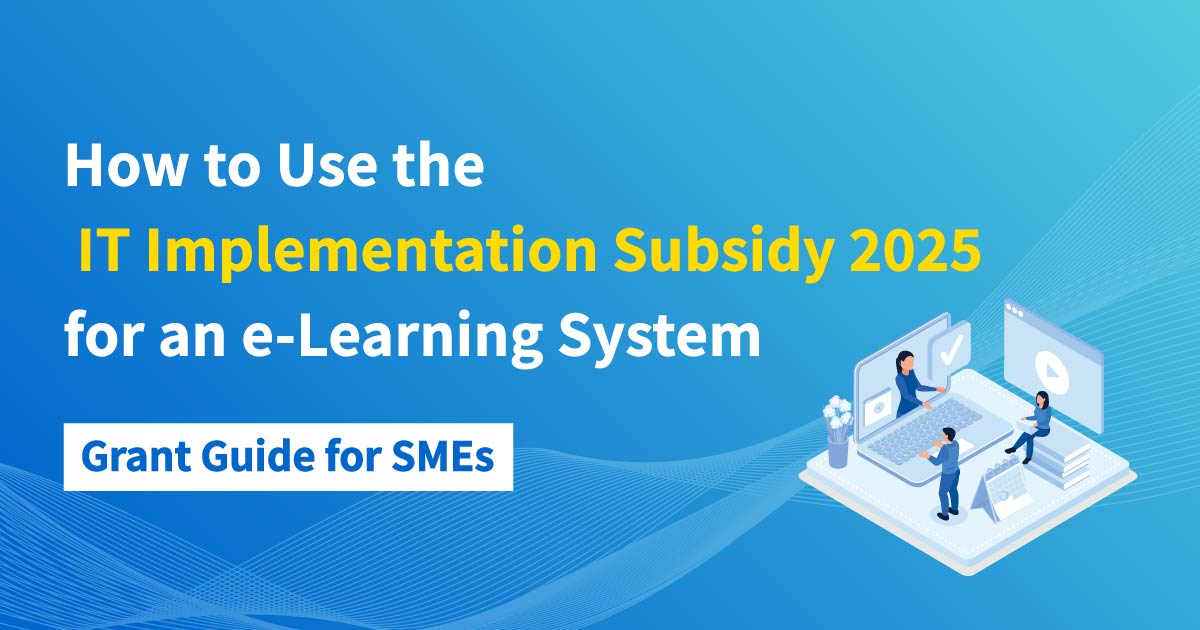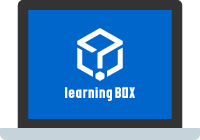What you need to know about new employee training and how to maintain motivation

The first experience a new employee has with a company is the "newcomer training". It is important for them to acquire the knowledge and skills necessary for their work as they begin their careers as colleagues in the company.
In fact, did you know that this "new employee training" is so influential that it can affect your motivation as a company employee in the future?
This article discusses the purpose of new employee training and methods for maintaining new employee motivation.
What is Newcomer Training?

Newcomer training is literally training given to newly hired employees, but its content differs depending on whether the employee is a new graduate or not. This is because new graduates and mid-career hires have different levels of experience as members of society.
For new graduates
For newly hired graduates who have no experience as a member of society, the main focus of the training is to raise their awareness from student to member of society. This includes compliance, preparedness as a member of society, and basic business manners.
Of course, there is also training on specific tasks, but the most important purpose is to make people aware that they have become a member of society! But the most important purpose is to make them aware that they have become a member of society.
For mid-career hires
Mid-career employees with working experience have acquired business manners and other working knowledge. Companies expect mid-career hires to be ready to work immediately.
Therefore, the main part of the training for new employees is to convey "corporate philosophy, company-specific business knowledge, and industry information. It is important to match the experience and skills of each individual and to deepen their understanding by filling in the missing gaps.
Back to ContentsFour objectives of the training

The primary purpose of training new recruits is to develop them into people who will be beneficial to the company. Whether you are hiring new graduates or mid-career professionals, the basic premise remains the same.
What kind of training is needed to develop such a beneficial workforce? The educator should be very clear about the purpose of the training: "Why are we training?" The training should be conducted with a clear objective in mind. If training is conducted with the mindset that "it's just something we have to do," it will naturally infect new employees.
Educators need to be aware that they could be "de-motivating fresh employees" without even knowing it!
So what exactly is the purpose of training new employees? Here are four major items as examples.
Objective 1] To understand the corporate philosophy
The first step for new employees is to understand the company's corporate philosophy. It is very important for them to know our philosophy and vision.
A company's philosophy is the basis for how you work for that company. Understanding them is essential to working in a way that is consistent with the company's direction. In addition, sharing the philosophy and vision leads to increased motivation. When all employees have a common purpose and work together, it is expected that results will be visibly improved.
Corporate philosophies, etc., cannot be conveyed in a single training session, but it is important to repeatedly communicate them so that they can permeate the entire company.
Objective 2] To build relationships within the company
As a matter of course, new employees do not know anyone around them. The purpose of training is to build new relationships within the company, such as with superiors and peers. Good human relations are a very important part of working in a company. If you can communicate easily on a daily basis, your work will run more smoothly.
It is also important to have someone to talk to, whether a supervisor or a peer, when a problem arises. Having someone in the company who is on your side is a great source of reassurance and helps prevent employee turnover.
Creating opportunities for new employees to interact with many people during their training will lead to a better working environment.
Objective 3] To acquire the skills and knowledge necessary for the job
One of the main purposes of training new employees is to equip them with the necessary skills and knowledge for their work. If they acquire solid skills and knowledge, they will be able to start their work smoothly after the training.
Basic business etiquette is also included here. Be sure to convey not only general knowledge, but also knowledge and skills unique to the company and its departments. In doing so, we recommend that you incorporate the real voices of employees working in the field and make the training content practical.
【Objective 4】Knowing the rules in the company
A company has its own rules and discipline. If the job requires customer service, there may be standards for attire.
It is not uncommon for companies to have rules for text management and handling of recording media to prevent information leakage, which is a matter of life and death for the company. Mid-career hires may feel that their own rules are different from those of their former employers, so it is necessary to carefully explain what the rules are for.
Back to ContentsFour methods used in newcomer training

Here we introduce four typical ways of conducting training for new recruits, which greatly affect their motivation.
Technique #1 "Group Work".
This method involves dividing the participants into several groups of several people to work on a task. It is expected to foster teamwork skills as they work together to solve problems.
Technique #2: "Recreation."
This is a technique in which simple games are used as "recreation. Simple and easy games that anyone can play are often used, such as "gesture games" and "message games.
Recreation can help relieve tension and provide an opportunity for communication.
Technique #3: "Role play".
Role-playing is a technique in which participants play the roles required in real business scenarios. The term "role play" is used to mean "to act out a role.
You will gain practical know-how that is difficult to acquire through classroom learning.
Technique #4 "OJT".
Abbreviation of "On-the-Job Training," this is a method in which experienced supervisors and senior employees guide trainees through actual work to help them acquire knowledge and skills. The advantage of this method is that you can receive guidance directly from the people who are actually doing the work.
Back to ContentsFollow-up is important to maintain motivation

After training, new employees are assigned to their respective departments. New employees must always feel both anticipation and anxiety in their new environment. What should senior employees and supervisors do to welcome such newcomers? First of all, the trainer should make sure that the new employee is not isolated in his/her assigned department.
New employees need someone they can feel comfortable asking questions to when they are unsure about something. The presence of someone they can rely on makes the workplace easier to work in. In such an environment, motivation to work will naturally increase. During the first two to three months after being assigned to a new position, there are many things you don't understand, and you will often hit a wall.
After two to three months of being assigned, it is easy to become unmotivated and feel "Huh? It's not what I expected," some employees may feel uneasy. It is recommended that you create an opportunity to discuss this with the new employee once during this period.
Support the motivation of new employees by reviewing their progress to date and setting new goals for the future.
E-learning system to further enhance new employee training

Advantages on the newcomer's side
- Study at your own pace and location
- Can be practiced and learned over and over again.
- Easily habit-forming
Advantages for the Company
- The quality of training is uniform.
- Easy to manage learning progress
- Expected to reduce the cost of training
Of course, e-learning systems also have disadvantages, such as reduced interaction among employees and difficulty in controlling motivation. If you need to train new employees efficiently in a limited amount of time, why not consider using both regular training and e-learning systems?
A training program will be created that takes advantage of the advantages of each and compensates for the disadvantages.
Back to ContentsSummary
New employee training is the foundation of the new employee's future work style and has a significant impact on motivation. The purpose of new employee training is to develop human resources that are beneficial to the company. By clearly and firmly defining the purpose of training, companies can improve the productivity of not only new employees, but also the entire organization. Online training is also a means to be considered for the quickest and most effective results.
Our e-learning system "learningBOX With "AQUSH", you can check the retention of knowledge of new employees from various angles. You can also easily check grades and progress, which will help increase employee motivation.
Our simple system, which can be operated intuitively without programming knowledge, has been highly evaluated by many companies. First of allregister for freeand experience its ease of use.
▼You may also like:
Back to Contents


-
Discover rich featuresService Guide
-
Feel free to contact usGet in Touch
-
Try our Free PlanTry Free Plan










